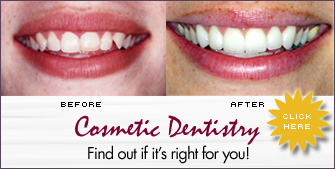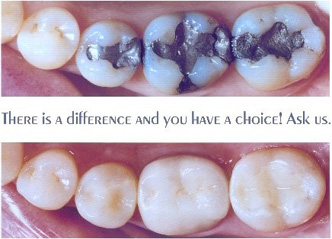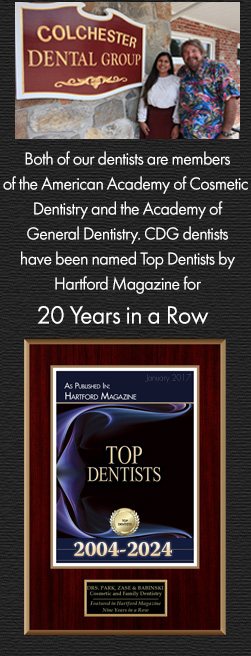Common Cosmetic Dental Questions
Q: What are some of the benefits of cosmetic dentistry?
A : A great smile should improve your self-confidence, which can have a positive impact on the social and professional aspects of your life. Cosmetic dentistry is not just about pretty smiles though. Now your mouth can look great, get healthy and function better at the same time.
Q : How much does it cost to get a great smile?
A : Like most services, cost will vary based on the time required and the difficulty of the procedures. Generally, improving a smile will require a combination of treatment options such as bleaching, reshaping gums and using bonded materials (resin or porcelain) to improve the appearance of teeth. A great way to start is to schedule a consultation with us to determine the ways that you can reach your goals. Improving your smile is an investment in you.
Q: Have you had special training in Cosmetic Dentistry?
A: We are accredited by the American Board of Cosmetic Dentistry, which means passing a rigorous test of skills in Cosmetic Dentistry, developed by the AACD about 20 years ago, and supervised by the American Board of Cosmetic Dentistry. Dentists and Dental Laboratory Technicians that have this credential have submitted documentation of exceptional work to a panel of Examiners, and have been awarded the “AACD Accredited” designation.have shown a special interest in new technologies and procedures, specifically to help them achieve better results for you. The AACD provides a wide variety of educational and interactive opportunities that assist member dentists in attaining the best possible clinical skills. That helps promote excellent to care for you.
Q: How many office visits will it take to fix my teeth and improve my smile?
A: That will vary for each person, depending on his or her needs. Sometimes, you can dramatically improve your oral health and appearance in just a couple of visits. Most AACD dentists will work to make your treatment as convenient as possible, perhaps choosing slightly longer visits instead of more trips to the office. Talk to us about your goals and concerns so the best plan can be developed for your individual situation. If you start today, a new smile can be yours sooner than you think.
Q : If my teeth are reshaped for veneers or crowns, what will they look like? Will they be sensitive?
A: Generally, cemented restorations like crowns or veneers (see our procedure section) will require two visits – one to shape the teeth, and one to cement the restorations to the teeth. In between, your dentist can place attractive temporary restorations to help prevent sensitivity, allow function and provide a nice smile. These temporaries are designed to be in your mouth for a limited time, but should be comfortable and natural looking until you can get your new smile completed.
Q: Is my new smile permanent?
A : With good home care and regular visits to your dentist, modern materials can last for many years and possibly decades. Like most things, excellent maintenance will extend the life of your dental restorations.
Q : I have dental insurance. Will it pay for my new smile?
A : Most dental insurances have very low total benefits per year, which may offset the cost of regular checkups, but probably won’t pay toward cosmetic services. Insurance is a business, and as such, your carrier will often contract to pay for the least expensive option instead of the best solution for your particular needs or desires. Many AACD dentists will work to maximize your benefits, and may have suggestions for alternative methods of financing so you can obtain the treatment of your choice.
Q : Is teeth whitening bad for patient’s enamel?
A : There is no permanent damage caused to the enamel or any other tooth structures by tooth whitening.
Q : Does teeth whitening cause permanent teeth sensitivity?
A : Sensitivity from teeth whitening is always transient. That means if there is any sensitivity caused by the whitening, it goes away within one to two days after the cessation of bleaching, and the patient returns to the state of sensitivity that they had before they started the whitening process.















